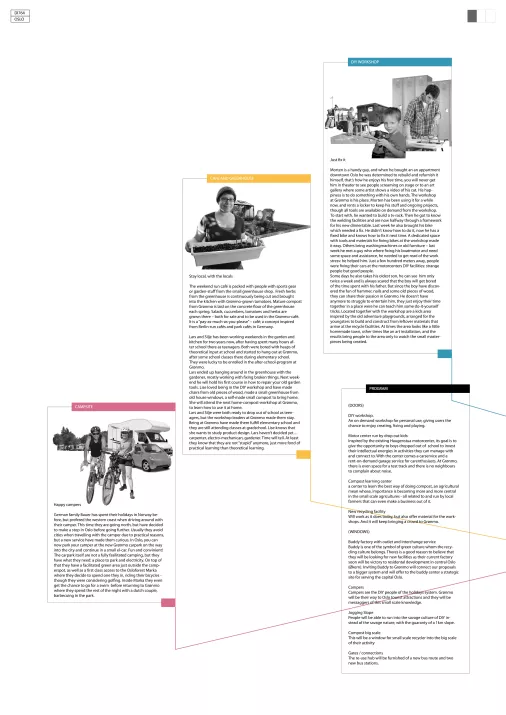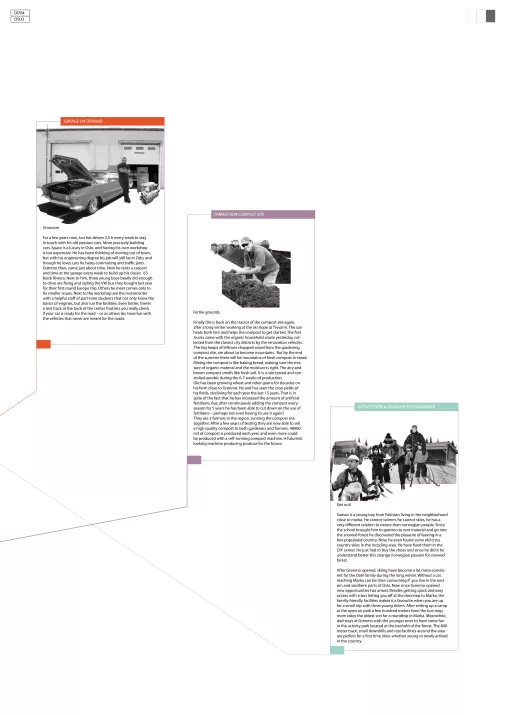Project:
Do It
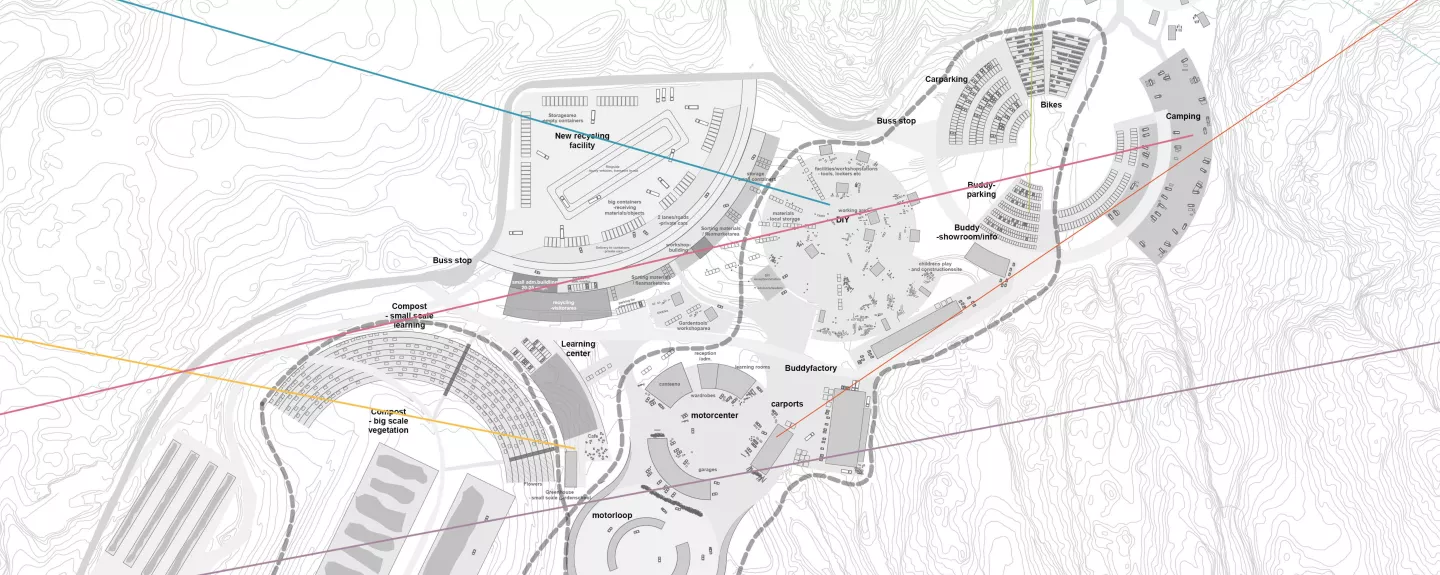
About
-
Grønmo confront Oslo with an ambiguous invitation. On one hand its historical use and actual presence tells a story of society and our way of living and relating to our surroundings that are worth including into the future urban fabric. On the other hand, detached from the city the location and area in itself does not present an obvious reason to invest great effort in it.
To cope with social issues at Oslo south or to communicate knowledge about sustainability to Oslo citizens, one is probably better off handling these tasks where people actually live and work - not in a detached pocket of the large forest surrounding the city. The most radical argument would be to leave Grønmo, only to relocate and reinterpret the idea of a knowledge center somewhere else more central and fitting for the occasion.
Still, the fact that Grønmo is detached from its urban surroundings (logical site for a former wastedump) present us with some specific qualities indeed:
- It does not have to be characteristically beautiful - there is no neighbours
- It is strategically located at one of the main freeways into and out from Oslo
- Noise is not a problem
- It is inside and on the border of Marka, in a pocket of its own
- It is huge
Also, even though being detached from other areas of activities
- it is still close to local schools and living areas
- It is in the proximity of farming land
So, other than its memory, Grønmo do arguebly have some features that makes it interesting to redevelop, though it means one have to re-fit the initial idea and program with the site, and even add some new ones. Though proposing a specific plan, this project is even more a discussion on the program for a future Grønmo, by presenting a series of stories of use - told through the voices of the future users.
Just do it yourself!
We propose to transform the Grønmo area in a re-use hub. A network center for DIY people and doers in general. The goal is the production of critical knowledge out of re-use and sustainable practice. If commercially the idea of ownership is connected to the concept of purchase, we advocate the supremacy of personal use, well represented by the open source slogan "if you can't fix it, you can't own it".In relation to the consumer's culture, the Do-it-yourself culture is clearly a subversive system based on doing instead of buying. Our project wants to transform Grønmo into the meeting point of recycling and doers cultures in order to give to their different protagonists a base for possible knowl-
edge exchanges.
The new Grønmo will offer DOORS and WINDOWS to the reuse hub. With DOORS we mean different infrastructures or workshop for different reuse-tasks. They offer an access to the culture we want to promote. Their clients are natural actors of the culture we want to promote and the center offer them a knowledge network.
With WINDOWS we mean infrastructures, with other goals (i.e going to Marka or jogging) than the exchange of practical knowledges, which allow who used them to have an overview on the center productions. Their actors are not directly connected to the culture we want to promote, but clearly all potential users of the DOORS. The windows want to be a chance to let them know that a recycling culture is far more then just share their waste into colored plastic bags. -
This project was embraced for the strength of its programmatic approach. The Jury appreciated its temporary suspension of political-correctness associated with the automobile and its by-products a starting point that led to a rich programmatic framework revolving to a large extent around car culture as a form of social binding agent capable of supporting collective 'Re-Use' experiences. Within this larger theme, a diversity of programs and users are suggested, ranging from a motorcenter for car repair, buddy parking and motorhome camping to Do-It-Yourself and cabin areas.
While provocative, inventive and potentially appropriate in terms of its programmatic approach, the scheme is limited by a lack of spatial articulation both architecturally and in terms of landscape definition. This extends to a lack of consideration of of the site. the varied topological conditions of the site.
-
Christian Hjelle (NO)
Andrea Spreafico (IT)
Frøydis Linden (NO)
Christoffer Olavsson Evju (NO)
Related projects
-
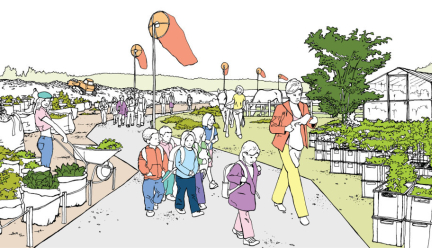
Gardens of Grønmo
All of Grønmo's apparent weaknesses can be turned to strengths through urban farming. Grønmo…
-
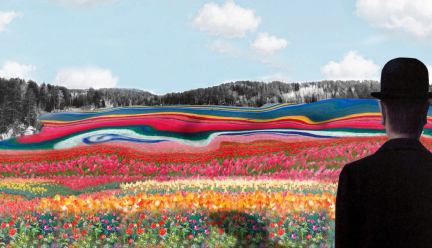
Norwegian Rhapsody
As industrial sites are being preserved as a symbol of human achievement, Grønmo may be considered…
-
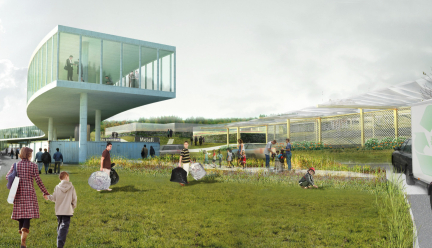
Active Edge
Active Edge is a radical strategy that specifically addresses the unitary dimension (spatial and…
